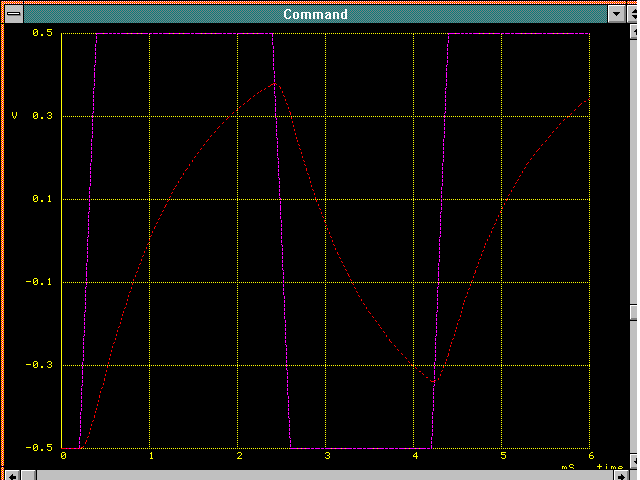
I've decided after good example to write some diary pages with toughts and events.
Oh, in case anybody fails to understand, I'd like to remind them that these pages are copyrighted, and that everything found here may not be redistributed in any other way then over this direct link without my prior consent. That includes family, christianity, and other cheats. The simple reason is that it may well be that some people have been ill informed because they've spread illegal 'copies' of my materials even with modifications. Apart from my moral judgement, that is illegal, and will be treated as such by me. Make as many references to these pages as you like, make hardcopies, but only of the whole page, including the html-references, and without changing a iota or tittel...
And if not? I won't hesitate to use legal means to correct wrong
that may be done otherwise. And I am serious. I usually am. I'm not sure
I could get 'attempt to grave emotional assault' out of it, but infrigement
on copyright rules is serious enough. And Jesus called upon us to respect
the authorities of state, so christians would of course never do such a
thing. Lying, imagine that.
I'm not sure it is easy enough to get across why such a simulator is fun enough, relevant, and maybe compares favourably even with for instance CSound, funwise, but I think the idea is relevant.
In short, one feeds the program with a little or big text file, where the parts of an electronical circuit are listed, lets say a line per part, and the part is connected between numbered nodes inthe schematic diagram, so all is neatly defined. Then the exitation, or the input signal is chosen, and the output of the circuit is determined, to analyse or plot the signal from.
Then the program is run, and it gives for instance in graph form how the output voltages change with time for that circuit, with quite high and reliable accuracy (thousands of percents for instance). And that for just about any electronics circuit, including many feedbacks, crosscouplings, interfering signals, complex filters, transistors. The program sort of switches on virtual time, and computes in very small time increments what happens with all the currents and voltages in the circuit, making the time steps so small that only vary little increment per step is made, to achieve a certain accuracy.
That is not so trivial, in fact when any network can be fed to the program, it is better than many electronicists can imagine when they design circuits with non-trivial signal progression.
I;ve done a mini version of such a program myself, long ago, and that too was good to use, it makes one appreciate what well used mathematics and computer skills can do, and those networks do exist and may be quite hard to analyse and measure. As I wrote before, for instance a tone control or equalizer circuit in electronics sense is interesting, but not so trivial to analyse and design, so experimenting with a circuits' behaviour may be quite usefull to have an idea of what certain circuits may have to offer.
For radio circuits, for instance, it may be hard to measure what goes on, for instance because the measurement equipment needed for high frequencies is expensive, and because the measurements may impact the circuits' behaviour, or be hard because the signals are so small. Then a circuit simulation can offer virtual measurements of a circuit that can be quite good and usefull. Radio circuits are tricky, and interesting, in that respect, though, because they behave as antennas, which are not just connecting parts with wires, but also over electromagnetical waves, which are not part of spice, normally.
I read a poster at the language department of a university saying '(watch out) before you know it, you're a bachelor', which is sort of relevant in the context here, as it is in general: asking the right questions and dealing with them is important, and should not be left to too narrow minded or lets say unintelligable persons, preferably.
The following is a schematic diagram in text form of a resistor and a capacitor, arranged as a basic low pass filter stage, with a square wave signal source driving it:
** simple rc lowpass ** vin 1 0 pulse(-0.5 0.5 200us 200us 200us 2000us 4000us) dc 1 ac 1 r1 1 2 10.0k c1 2 0 .1u .tran 100us 6000us .end
The tran command specifies we're interested in the what happens when the circuit is driven by the specified pulse (the numbers are start time holdoff, rise time, fall time, repeat period and total time). After feeding this circuit to 'spice.exe' and instructing spice to plot the voltages of node number 1 and 2 (input and output) measured with respect to 0 (ground), a plot can be drawn:

The window dump doesn't seem to work for full screen, so the sides are a but clipped of. But all that in seconds computation time, and such also for for instance a 6th order chebychev filter and an opamp simulation.
Not that buying such a catalog is a bad idea, not at all, in fact, it could be interesting. Just like a high Q 3D walk though VR model, btw.